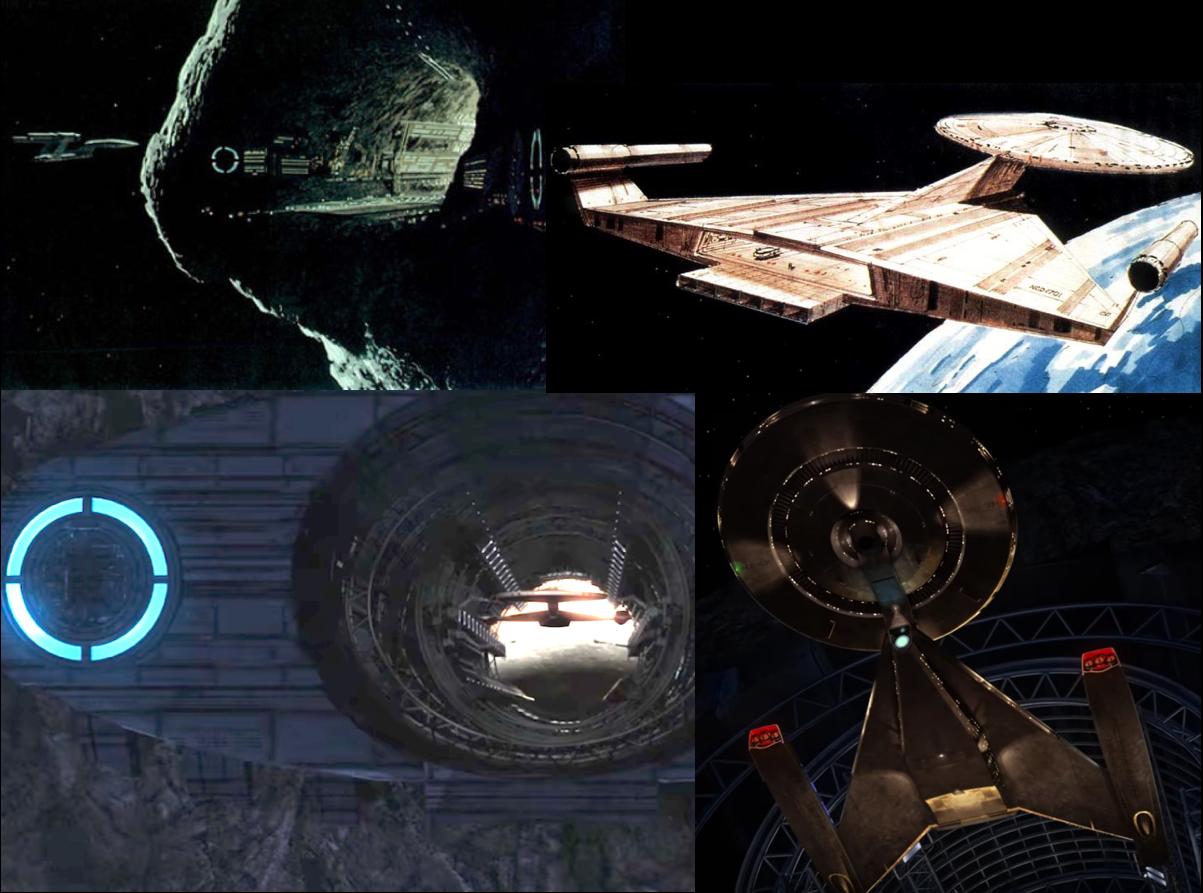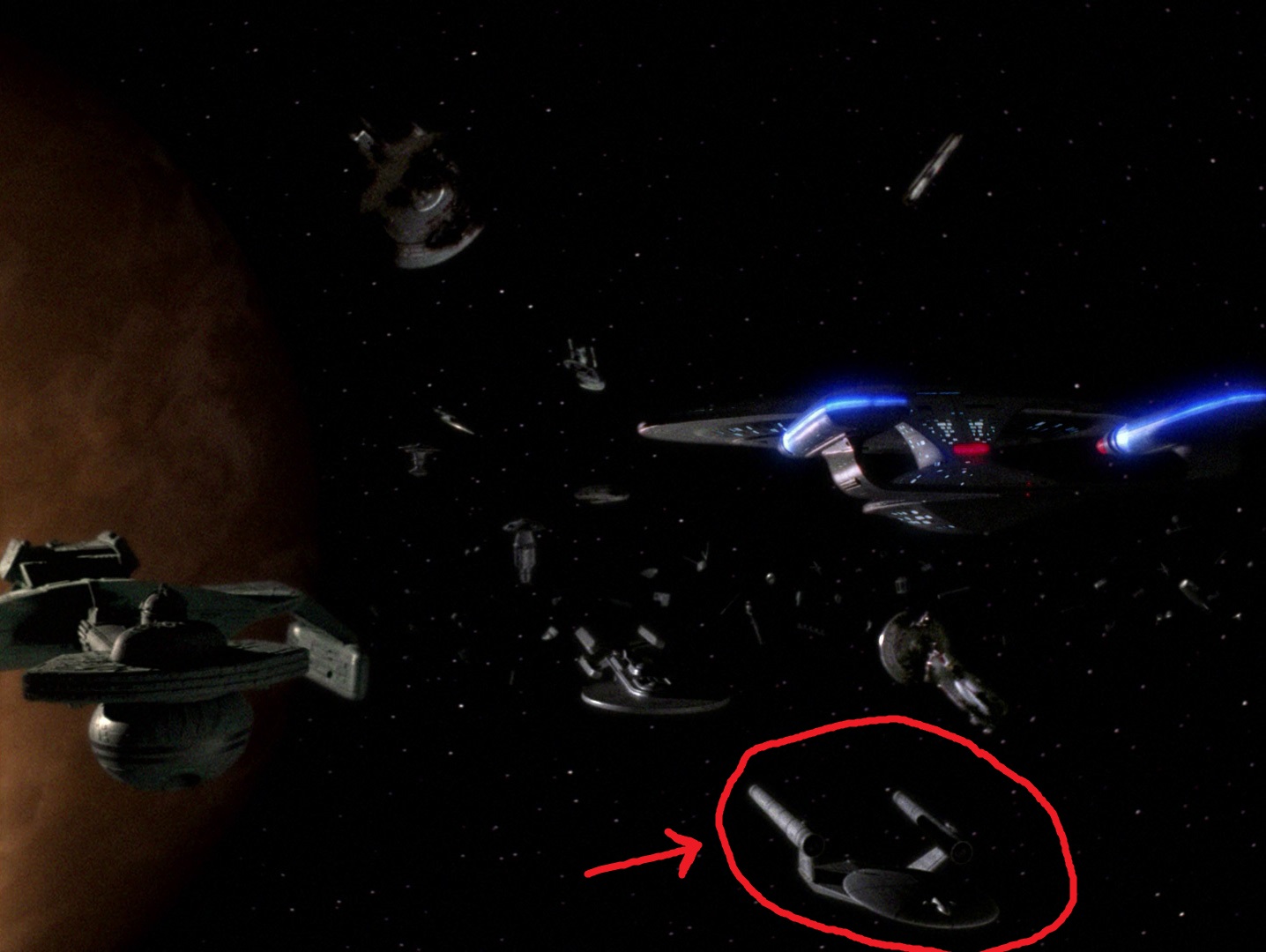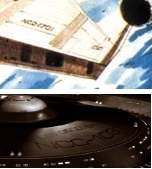Thanks for keeping the discussion updated Marc. I read this the other day and didn’t even think to post it.

So… there she is. Not much to look at if you ask me. A couple nice design elements, but the overall geometry of the hull is… bold to put it mildly. Looks like a giant XB-70 with a saucer on the front. Or a Klingon K’T’inga. Apparently this is extremely close to a ship design put forth for the very first Star Trek film back in the 1970s, which was never made.
Also supposedly, the ship above is not the ‘final’ design. Such that Bryan Fuller stated, “[The influence of the McQuarrie art is] to a point where we legally can�t comment on it until we figure out some things.” To me, this says that they simply need approval to use the design or significantly borrow elements from it, before it can be official. Only a matter of time. http://trekcore.com/blog/2016/07/star-trek-discovery-producer-says-ship-designs-not-final/
What all this alludes to is very interesting however. The McQuarrie Design/Art/Model, abandoned and never used in the planned Star Trek film, was actually used in The Next Generation episode “Unification Part I”. You can see the ship in the foreground shot of the orbital junkyard (attached pic). Thus, the ship actually has canonical basis.
While I am not down on the design very much, a) it could be worse and b) if the writers/production team actually delved into obscurity to both come up with the design and find an in-universe basis for it… well that is darn impressive and deserves a standing ovation. They get a lot of respect from me for that alone. God knows how much easier it is to just make up something cool and new (e.g. Enterprise NX-class) and say F*** the whole continuity thing. IF they did all this purposely, they deserve a tremendous amount of credit. It had to be Mike Okuda’s doing.
See video in article below for a more detailed look:
http://trekcore.com/blog/2016/07/new-star-trek-discovery-show-launches-january-2017/
What this also tells me, again, IF done deliberately, is that the timeframe is somewhere between TOS and TNG. Fuller has already admitted to it being in the Prime timeline and the history of this ship design points to post-TOS and maybe pre- or very near to ST:TMP. Several elements of the ship indicate this also. The saucer is almost perfectly circular and the recessed/domed portions of it are quite similar to those of the Constitution-refit, Miranda and Excelsior designs. The deflector dish is very much like that of the Excelsior. The aft portions of the nacelles appear to be throwback in nature and have a cowling-like hood extending beyond the actual endpoint. Perhaps the most notable feature is the point-emplacement phaser banks, shown as pairs of raised bumps around the saucer. These were used on the TOS-era ships, including Constitution-refit, Miranda and Excelsior. TNG-era (and pre-TNG, ex. Ambassador class) ships use a more modern phaser strip which extends around the saucer and other portions of the ship. This is very noticeably absent.
They say that this design was thrown together in 3-weeks specifically for this teaser. So the design isn’t final, but I would be surprised if it is radically different from what they showed here. The ‘legal’ aspect of what Fuller brought up seems to reinforce that they are waiting on some sort of property rights approval. Thirdly, this is a very specific ship design and I do not see why they would publicize something so recognizable and unique without planning to use it directly or borrow from it significantly.











